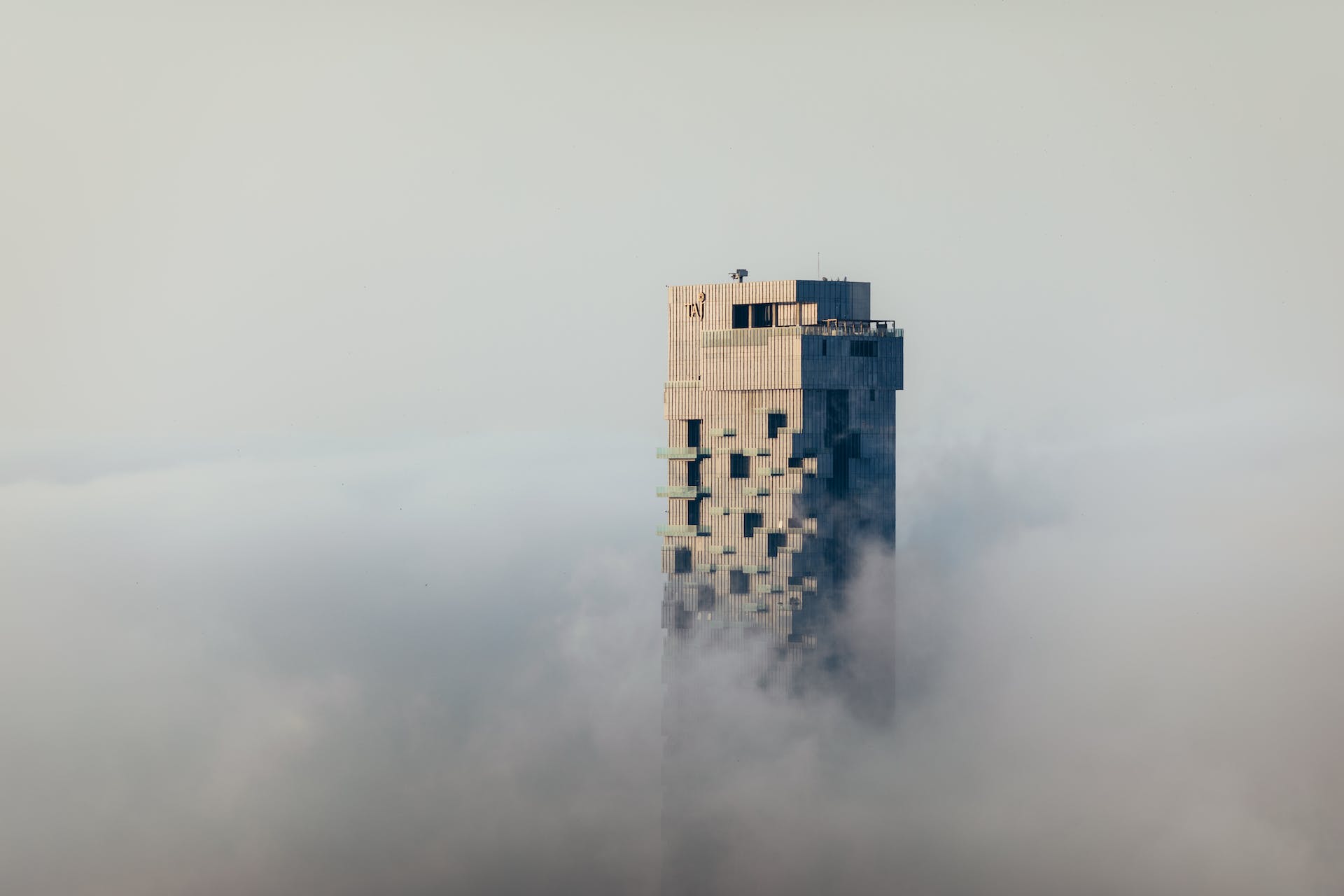From Raw Foundations to Modern Resurgence – A Journey Through the Brutalist Movement’s History, Aesthetics, and Enduring Influence
Introduction to Brutalism
Brutalist architecture, emerging prominently in the mid-20th century, represents a significant shift in architectural design and philosophy. Coined from the French term “béton brut” or “raw concrete,” Brutalism was primarily characterized by its use of stark, unrefined concrete and an emphasis on geometric, monolithic forms. The movement, led by figures like Le Corbusier and the Smithsons, emerged as a response to the need for economical, functional, and rapid construction methods in the post-World War II era.
Brutalism was more than an aesthetic choice; it was a reflection of a broader socio-political ethos. It aimed to create structures that were not only practical but also symbolized strength, functionality, and a break from traditional architectural excess. The Brutalist approach was straightforward: buildings should be honest about their materials, design, and purpose. This philosophy resulted in structures that showcased the raw beauty of their construction materials, with concrete being the most prominent.
The style was applied across various building types, including housing, institutions, and government buildings. Despite or perhaps because of its utilitarian roots, Brutalism became a symbol of progressive thinking, aiming to democratize architecture away from ornate styles associated with elitism.

Design Principles and Aesthetics of Brutalism
The aesthetics of Brutalism were guided by a no-nonsense approach to design. The most distinctive feature was its extensive use of raw concrete, which gave the buildings a rugged, unpolished look. This was often complemented by other materials like brick, glass, and steel, each used in a manner that emphasized their natural qualities.
Brutalist buildings were marked by their massive, block-like structures, often creating an imposing and fortress-like appearance. These structures were typically geometric, with an emphasis on vertical and horizontal lines. However, the design wasn’t just about appearance; functionality was paramount. Features like deep-set windows and expansive interior spaces were not only aesthetic choices but also functional, serving to maximize natural light and create versatile, communal spaces.
Iconic Examples of Brutalist Architecture
Brutalist architecture left a lasting impact worldwide, with several structures standing as testaments to the movement’s unique approach. One of the most iconic examples is Le Corbusier’s Unité d’Habitation in Marseille, France. This residential complex epitomized the ideals of Brutalism with its raw concrete form, modular design, and communal living spaces.
In the United Kingdom, the Barbican Estate in London is another prime example. Designed by architects Chamberlin, Powell, and Bon, it features a complex of towers and a cultural center, showcasing the scale at which Brutalist designs could operate. The estate’s integration of residential, cultural, and green spaces highlighted the versatility and community-focused aspect of Brutalist architecture.
Across the Atlantic, the Yale Art and Architecture Building by Paul Rudolph illustrated Brutalism’s application in an educational context. Its rugged facade and complex, multilevel interior spaces challenged conventional academic architecture, making a bold statement about the role of educational buildings in stimulating intellectual and creative pursuits.
Each of these structures not only embodied the key characteristics of Brutalism but also demonstrated how the style could be adapted to different contexts and functions, from residential to cultural and educational.
Criticism and Public Perception
Despite its ambitions, Brutalism often faced criticism and public skepticism. Critics labeled its stark, concrete structures as cold, inhuman, and dystopian. The style’s association with governmental and institutional buildings contributed to its unpopularity, with some perceiving it as a symbol of state authority and austerity.
However, opinions have evolved over time. Today, there’s a growing appreciation for the raw beauty and historical value of Brutalist buildings, with movements advocating for the preservation of these architectural landmarks.
Brutalism in the Modern Context
In recent years, Brutalism has experienced a resurgence in popularity, particularly among younger generations who find appeal in its bold, unapologetic aesthetics. Contemporary architects have drawn inspiration from Brutalist principles, integrating raw materials and monumental forms into modern designs.
As we reassess the legacy of Brutalism, it’s clear that the movement has left an indelible mark on the world of architecture. Its principles continue to influence contemporary design, ensuring that the Brutalist ethos endures well into the future.

